Why do you film nature and wildlife?
I’ve always loved anything that had to do with animals. My parents have an old 8mm film of me trying to feed an apple to a rocking horse or talking to an inflatable elephant. I took my first real photograph when I was eight and of course, it was of a walrus at Brookfield Zoo near Chicago. I think that’s what started my journey towards becoming a nature and wildlife cinematographer.
At first it was just about being able to take home the amazing sites and animals that I encountered on my trips into nature. The more I photographed nature, the better I wanted to become. The thought of doing anything professionally never entered my mind. My goal was to improve in order to better capture the feelings I had when I was out in nature sharing a moment with wildlife or just watching a spectacular sunrise.
Transitioning to video was a natural progression of this. Capturing the motion and sound of a mist shrouded river in Yellowstone or filming a black bear scratching its belly in the middle of the road while cars pile up behind it we simply things that photography couldn’t entirely capture. It was all to bring home the experience and to somehow relive it even just a little bit when I returned home.
As I grew older, I began to understand the uphill battle nature and wildlife had just to simply exist. Greed, power, money and even ignorance were destroying the things I loved at an alarming rate and I felt there was nothing I could do about it.
The rainforest is being destroyed at the rate of one and a half acres every second. Wolves were taken off the endangered list in hopes that it would help a congressman get re-elected. Every day sixteen species of plants and animals become extinct ever day. That’s 21,894 living entities that will never be seen by human eyes ever again. And I felt helpless to stop any of it.
I think there’s nothing worse than to see something you love being destroyed and feeling helpless to do anything about it.
So many people have told me over the years how much they enjoyed my work, but I’ve always felt that something was missing. I still wasn’t able to put into that video footage what I felt about nature and wildlife in my heart. I didn’t have direction. I felt like I was marooned without a compass.
Gandhi said “Be the change you want to see in the world.” I realized that even if I couldn’t stop a bulldozer in the Amazon or prevent a wolf pup from being gassed in its den, I could change myself.
And so my quest to find purpose and direction began.
I won’t bore you with all the details but I made some significant changes in my life.
But wolves are still suffering in leg hold traps, rain forests are still being burned and sixteen plants and animals will vanish from the planet forever.
So who the hell cares that I made changes in my life?
Honestly, probably no one. But I do know that if you continue to follow this website, you’re going to see the results of those changes even if you don’t realize it.
You see, by being the change that I want to see in the world, I’ve found my direction. My compass is finally leading me towards a destination and you’re coming along with me because this epiphany if you will is changing the way I film nature and wildlife.
You may not notice a big change, heck you may not even notice a little change but it’s there. It may be as small as a grain of sand, but when combined with another and another and another, it will sandblast the world.
So stay tuned and see if you notice the change.
If you’re feeling that your nature footage is just missing something that you can’t quite= put your finger on, give your compass a shake and see if it doesn’t point you in the right direction.
Shoot the ordinary and make it extraordinary!


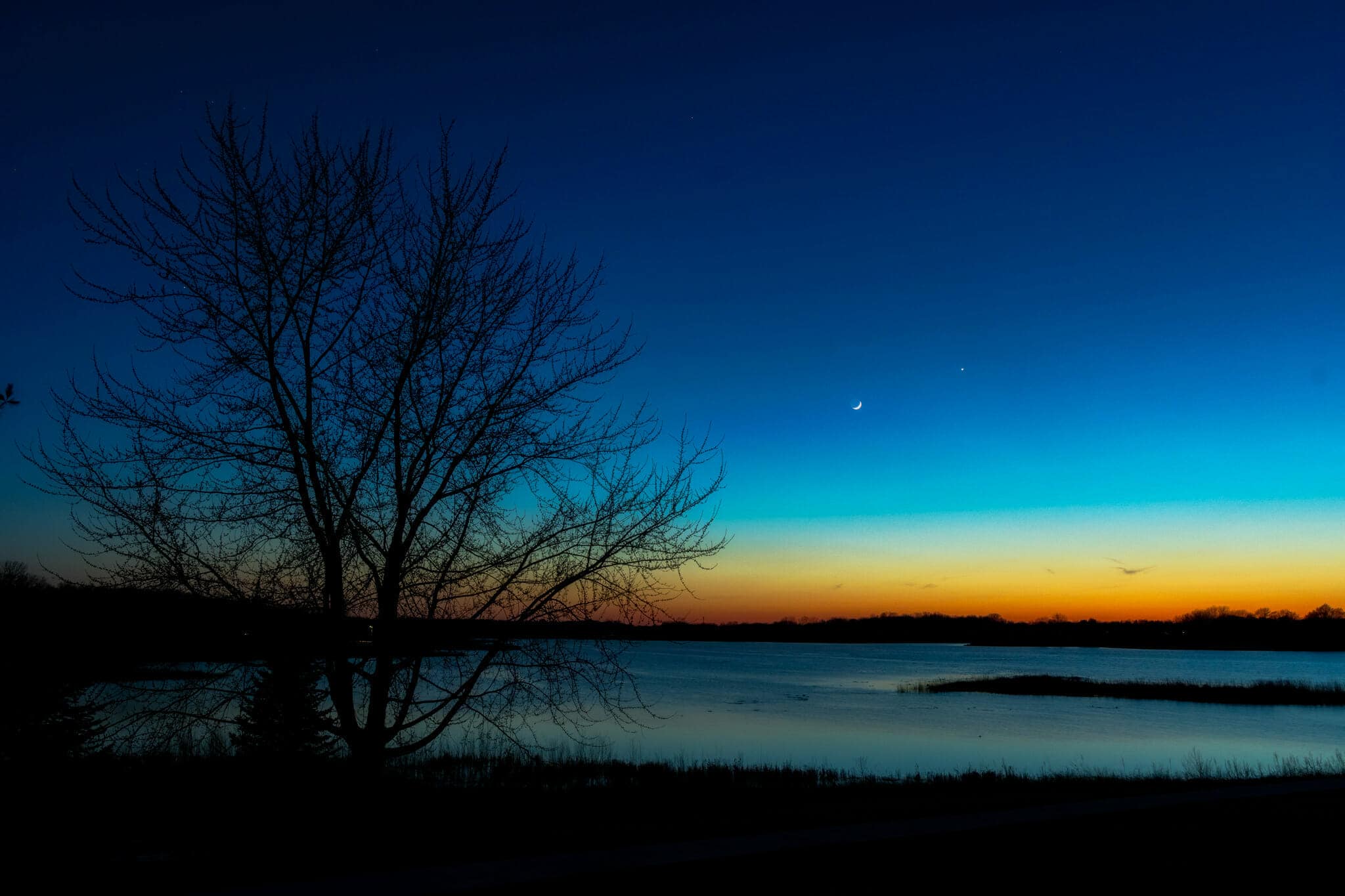

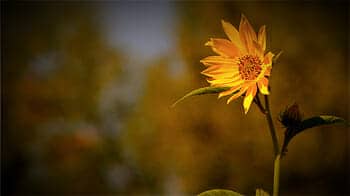

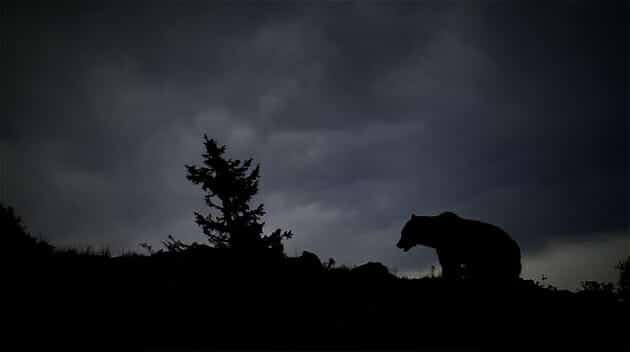
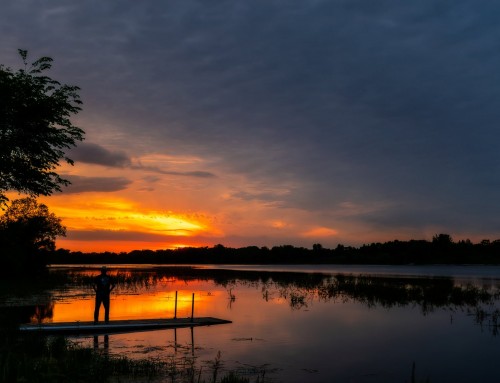
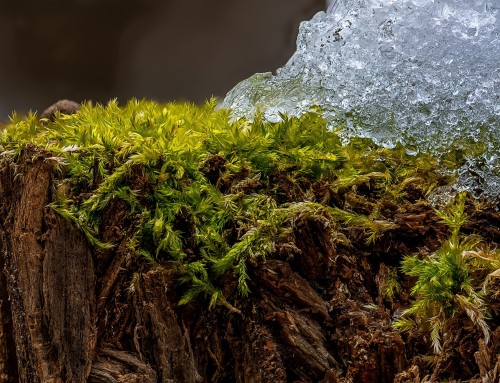


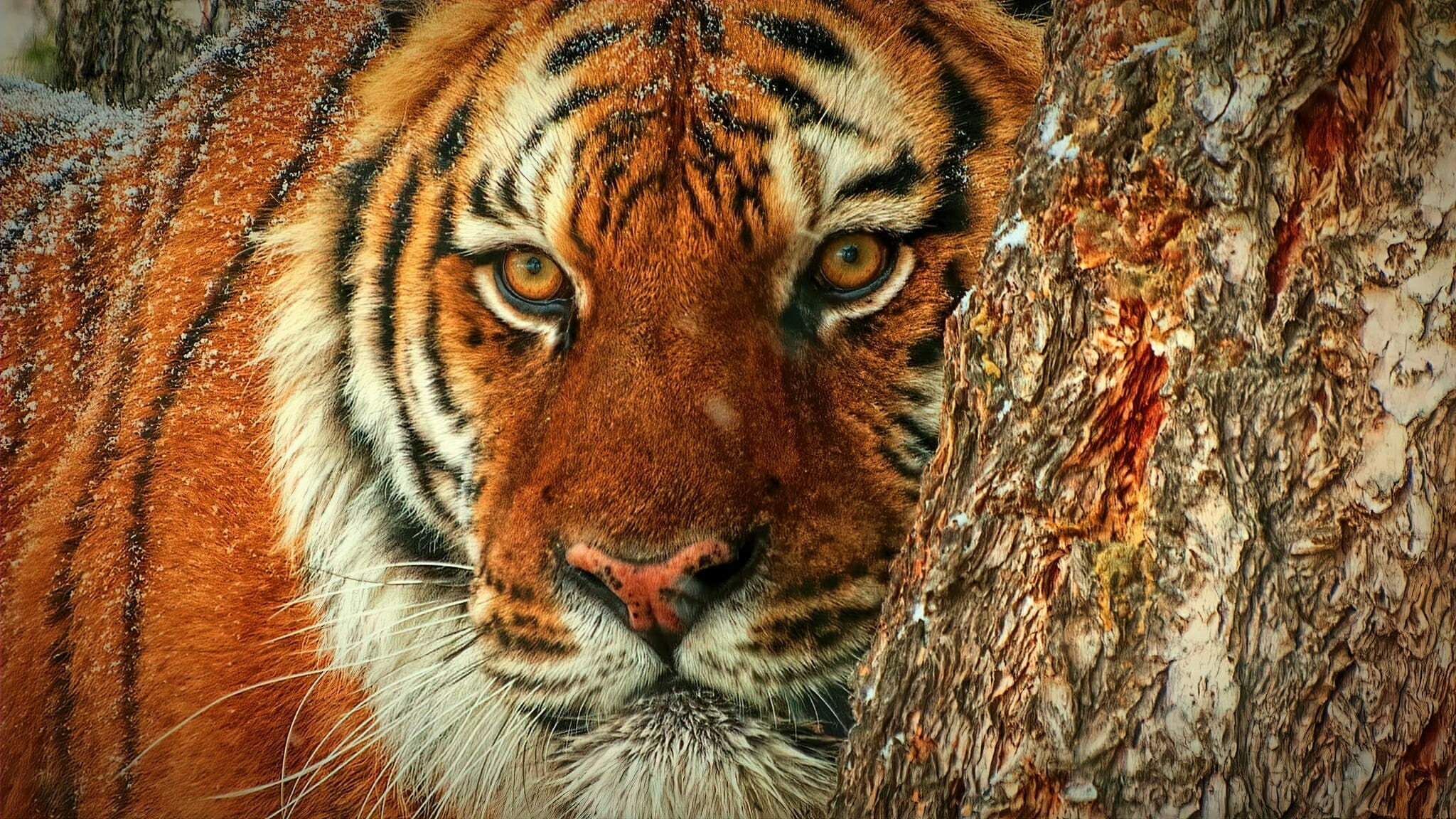
I love this post! The photos are amazing, and your points are right on. As a society our priorities are a nightmare. S summed it up perfectly a few days ago – “This generation doesn’t care about anything except the nearest place to charge their phone.” He’s right and it’s a devastating thought. I can’t wait to see where you’re going. Hope you’re well.
Trish,
Thanks for stopping by and taking the time to read this post and add a comment!
We as a society are just so damn self-absorbed that we have lost sight of the big picture a long time ago.
I see so much wrong in the world and I struggle every day with how can I do my part to try and right that wrong.
I’m not sure if most people either don’t see it or worse, they do and they just don’t care to do anything about it.
I try every day to carry my share. I gave up meat and milk and am pretty much vegan because I felt that I was being hypocritical to fight to save some animals while being ok with eating others.
I donate to farm sanctuaries, including one in England that are saving animals and working to educate people about why eating animal products are not only morally wrong but are killing more people every day through disease and antibiotic resistance.
I donate to animal shelters. Just donated to a local group working to save a little pit bull puppy from parvo. He was dumped by his owner who figured he’d just be put down and he’d be rid of the problem. Little Blue’s emergency vet bill is over $12,000. Most people would say that’s stupid to pay that kind of money on an animal. Yet people will pay $350k to kill a rare black rhino.
I try to inject my love of nature and wildlife in my posts here. I try to share my gift for capturing the natural world with others so that they can do the same. I donate my footage to good causes and I’ve instructed my stock footage agency in Monterey to kill sales of my footage for projects that are pro-hunting.
Yet for others, it’s a personal tragedy when Starbucks stops selling Pumpkin Spice latte’s!
I stopped giving to organizations like United Way and donate little if any to causes involving people. It may sound cruel but my thought is without clean air to breathe, pure water to drink, soil free from chemicals and other harmful substances and the beauty of nature to quiet our souls, is there really any point in trying to cure cancer when in fact it could be what we’re doing to the planet that’s causing it?
How ironic would it be that the cure for cancer is in the rain forest but we burned it all down so we could plant more palm oil plantations to make greater profits? So I support efforts to save rain forests. I support organizations that work to make the products that I uses sustainable. I work to cut my carbon footprint.
I read somewhere that less than 5% of charitable donations goes towards wildlife and the environment. So I drew a line and decided my efforts would focus on the that.
I guess most people figure that someone else will take care of the problems. Trouble is if everyone feels that way which I think the majority does, then no one does anything.
I think the other thought is that the people in power will step up before it gets too bad. I hate to tell them that we passed too bad quite a while ago.
Only 20,000 wild lions left in the world. Will your kids ever have the opportunity to see one in the wild?
The glaciers in Glacier National Park could be gone in a lifetime.
Orangutans are being burned alive because their homes are being burnt and converted into palm oil plantations.
Millions of cats and dogs are killed in shelters every year yet Iowa, one of the top puppy mill states won’t pass any laws to do away with them because it puts people out of work.
Koalas are being hit by cars, killed by dogs because their habitat is so fragmented they have to travel great distances on the ground to get to new feeding sites.
I can go on and on day after day and never run out of the wrongs that we’re doing to our planet. Will it do any good? Mostly likely not. But I keep on trying to make a difference because I couldn’t live with myself if I didn’t.